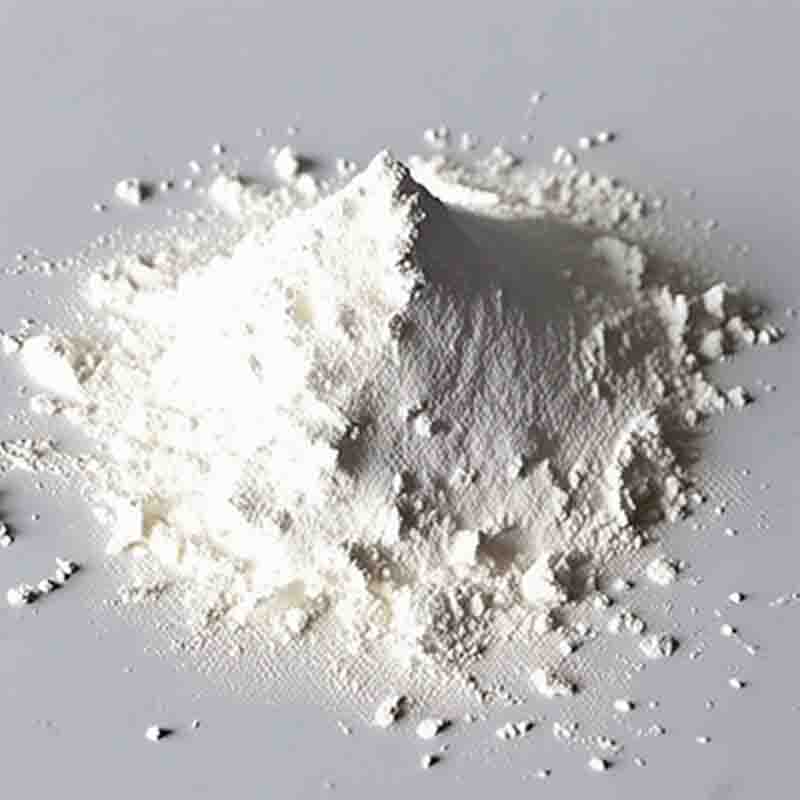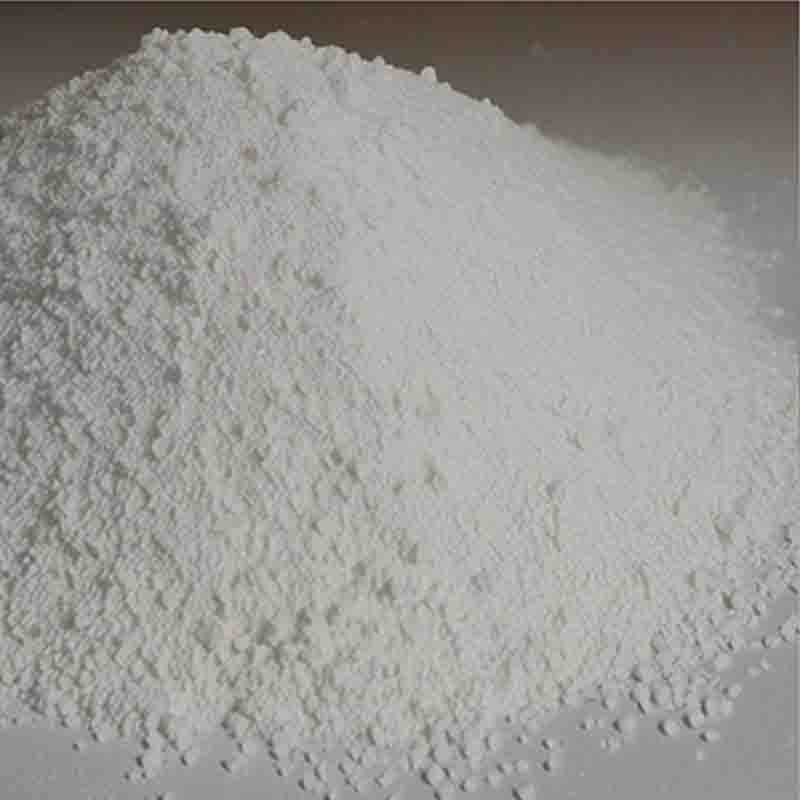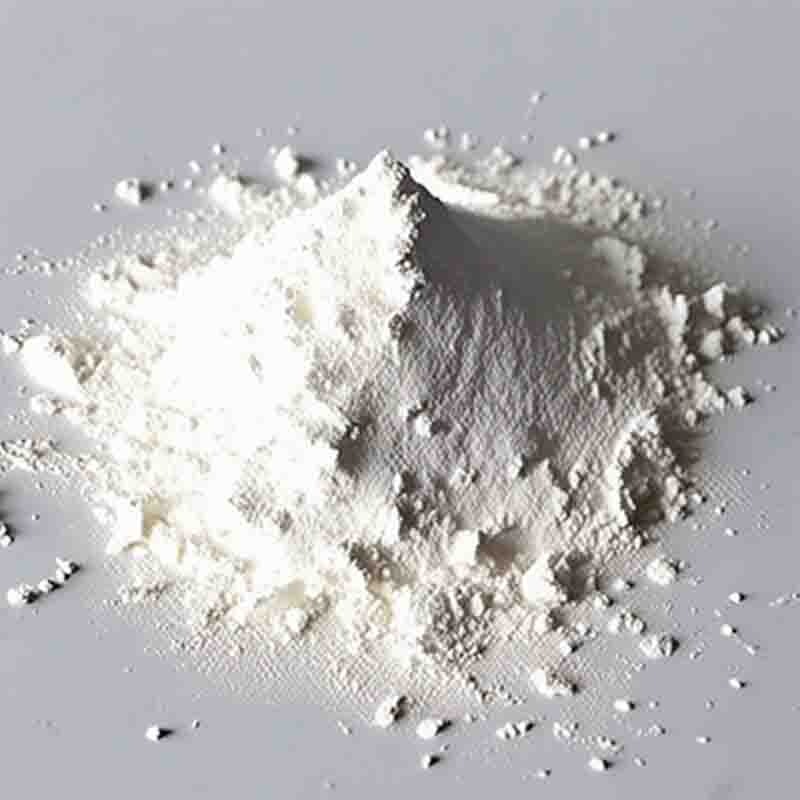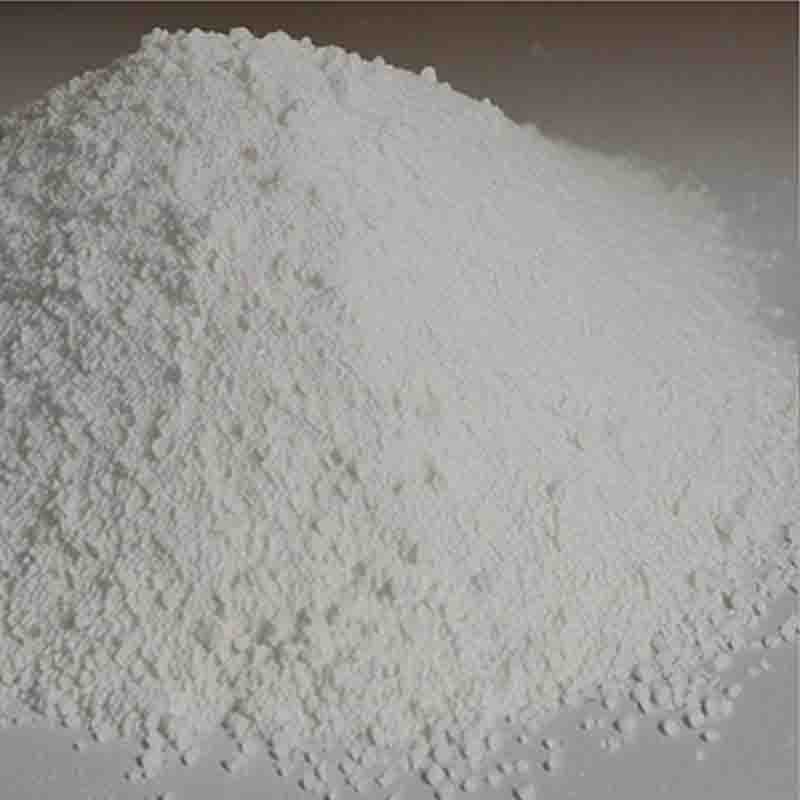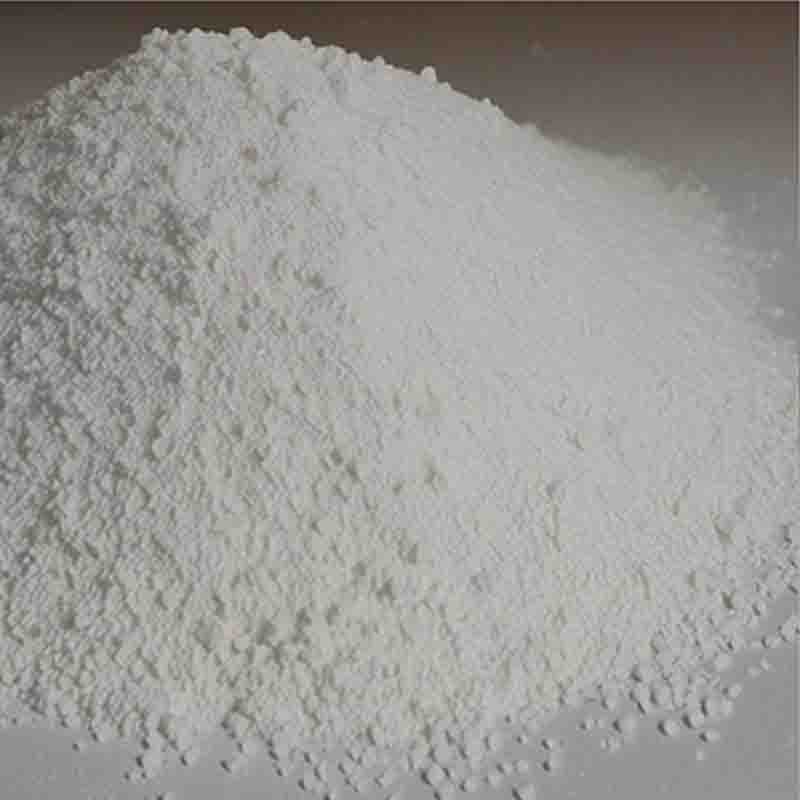2,6-Dihydroxy-3-methylpurine CAS: 1076-22-8
| Catalog Number | XD93620 |
| Product Name | 2,6-Dihydroxy-3-methylpurine |
| CAS | 1076-22-8 |
| Molecular Formula | C6H6N4O2 |
| Molecular Weight | 166.14 |
| Storage Details | Ambient |
Product Specification
| Appearance | White powder |
| Assay | 99% min |
2,6-Dihydroxy-3-methylpurine, also known as caffeine, is a naturally occurring compound that is found in various plants, such as coffee beans, tea leaves, and cacao beans. Caffeine is widely known for its stimulating effects on the central nervous system, but it has several other uses and applications as well.One of the primary uses of caffeine is as a stimulant. It acts by binding to adenosine receptors in the brain, which prevents adenosine, a neurotransmitter that promotes sleep and relaxation, from binding to its receptors. This leads to increased alertness, reduced fatigue, improved concentration, and enhanced cognitive function. As a result, caffeine is commonly consumed in the form of coffee, tea, energy drinks, and other beverages to promote wakefulness and combat drowsiness.Caffeine also has several potential health benefits and therapeutic uses. It has been shown to have a positive impact on exercise performance by increasing endurance, reducing perceived exertion, and enhancing muscle strength. Additionally, caffeine can improve asthma symptoms by dilating the airways and acting as a bronchodilator. It is also included as an ingredient in some over-the-counter pain medications due to its ability to enhance the effects of analgesics and alleviate headaches.In the world of cosmetics, caffeine is often used in various skincare products. It is believed to have antioxidant and anti-inflammatory properties, which can help reduce the appearance of wrinkles, fine lines, and puffiness. Caffeine is thought to constrict blood vessels, thereby reducing redness and swelling.Moreover, caffeine has been studied for its potential applications in agriculture. It can act as a natural pesticide, inhibiting the growth of certain pests and protecting crops. Additionally, caffeine has been investigated for its ability to enhance the growth of certain plants and promote seed germination.It is worth noting that while caffeine has several potential uses and benefits, it can also have adverse effects if consumed in excessive amounts. Overconsumption of caffeine can lead to side effects such as jitteriness, anxiety, insomnia, and increased heart rate. Caffeine sensitivity varies among individuals, so it is important to consume it in moderation and be aware of personal tolerance levels.Furthermore, caffeine may interact with certain medications and medical conditions, so individuals should consult with healthcare professionals before incorporating it into their routine or using it as a therapeutic agent.In summary, 2,6-Dihydroxy-3-methylpurine (caffeine) is a versatile compound with various uses and applications. It is widely consumed as a stimulant and for its potential health benefits. Additionally, caffeine finds its way into skincare products and has potential applications in agriculture. As with any substance, responsible use and consideration of personal circumstances are important.


